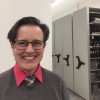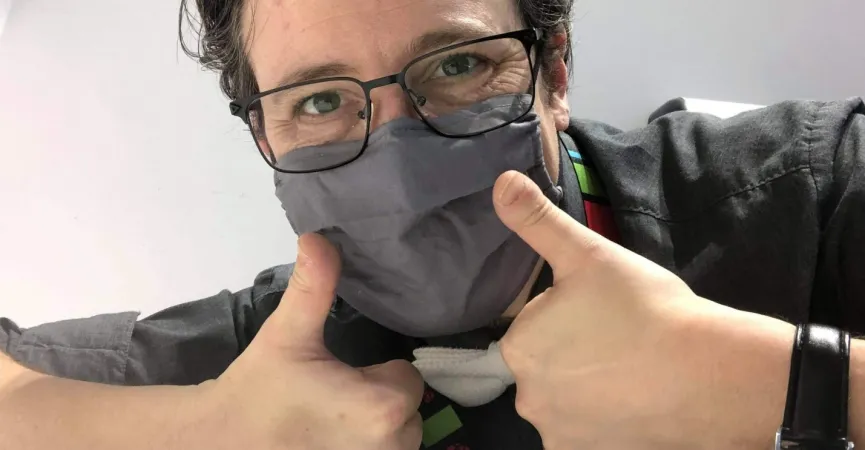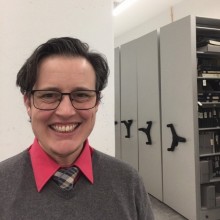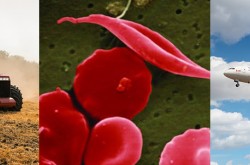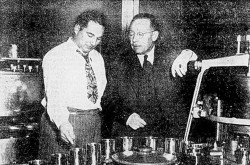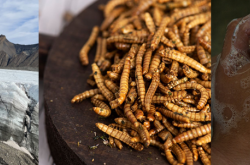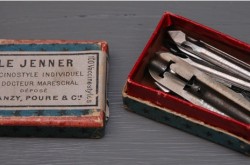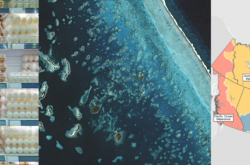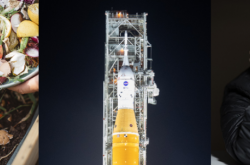Ingenium diversity and inclusion: Finding ways to celebrate our differences
As a corporate-wide team, Ingenium’s entire staff recently participated in some wonderful training to promote diversity and inclusion in the workplace. I am grateful I work for an institution that takes this need so seriously, since I have experience as a person who hasn’t often fit in with the norm.
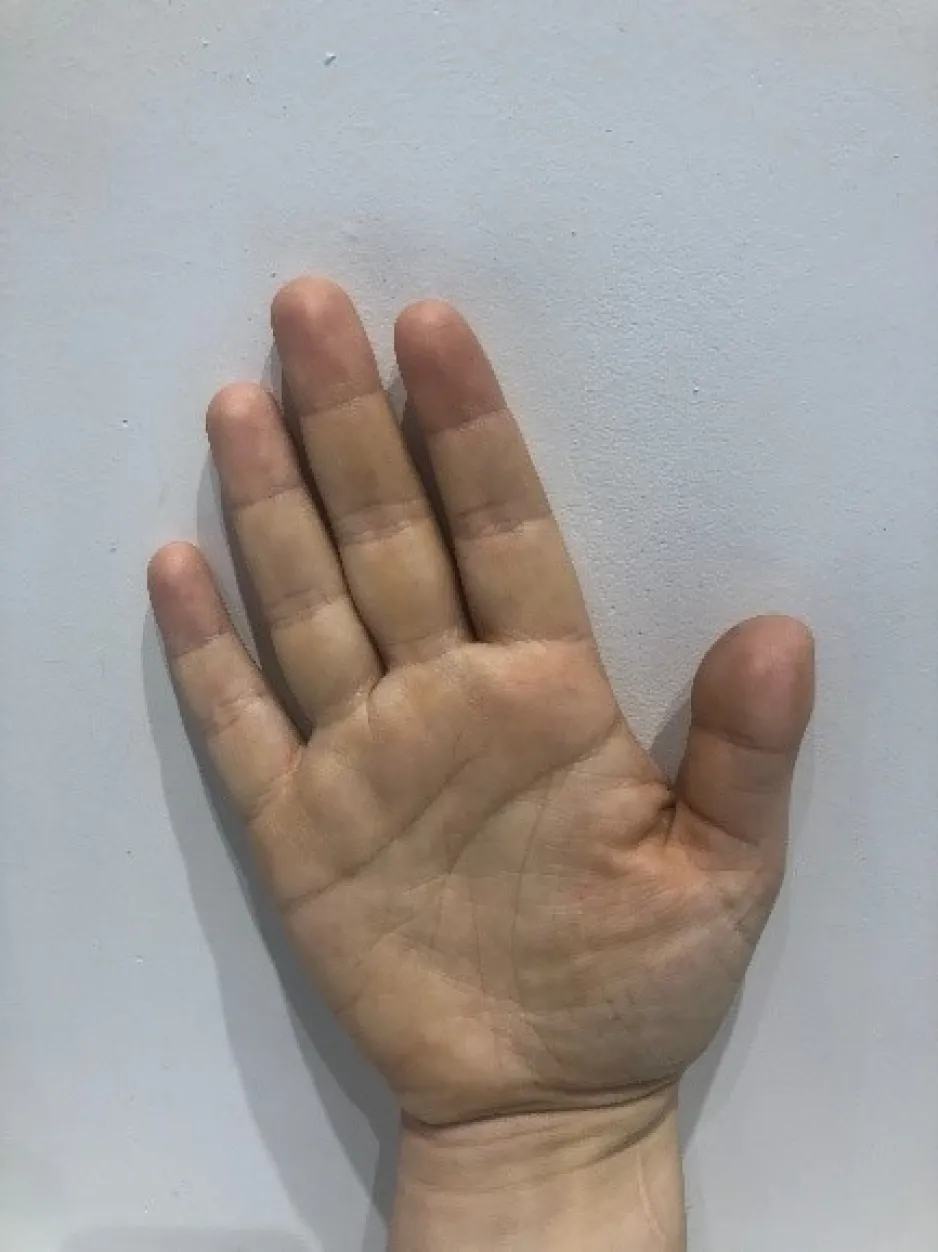
My right hand thumb happens to be a little shorter than my left. Notice how the end of my thumb barely reaches to where the rest of my fingers begin.
I am a 2SLGBT+, neurodivergent, and chronically-ill individual. As a minority with learning disabilities and multiple sclerosis, I must work harder than most to maintain appointments, run errands, go back to school, and re-enter the workforce — all with the extra energy spent self-advocating for necessary accommodations and care. Thankfully, I am protected from a federal to a municipal level to help ensure I have as many chances as possible to thrive.
To me, diversity and inclusion is more than considering mobility, readability, language access, and varied options for time off from work. To explain this, I like to talk about my thumbs.
I am a double-clubbie. I have bi-lateral Brachydactyly type D, which means that both of my thumbs are shorter and wider that most. These are affectionately — or not so affectionately — called “clubbed” thumbs, “toe” thumbs, or even “murderer’s” thumbs if you know palmistry. Commonly, people with a thumb or thumbs like mine are teased and bullied for having “ugly” thumbs that don’t “have the right look,” or can’t possibly receive manicures, do ballet, find gloves that fit, ten-pin bowl, or text on a phone.
When I am learning a new skill — like using chopsticks, playing a musical instrument, knitting, or learning sign language — I always wonder, “How will my thumbs change how I learn?”
I am anxious every time I get fingerprinted for security documents: if they cannot fingerprint my thumb properly, will I be denied my passport or my job? Thankfully, as the clubbed-thumb online community broadens, so does our ability to find each other and to offer advice. I even found a double-clubbie viola player in South Korea who was able to help me understand how to best hold my instrument and bow!
I feel very valued and respected here at Ingenium. The diversity I disclose on my terms is accepted and celebrated from across all departments. I also know that should ever my thumbs — or anything else — interrupt my ability to work, I can seek alternative arrangements and supports. I know we have more to learn about being inclusive and welcoming to all, but I believe we are on the right track.


